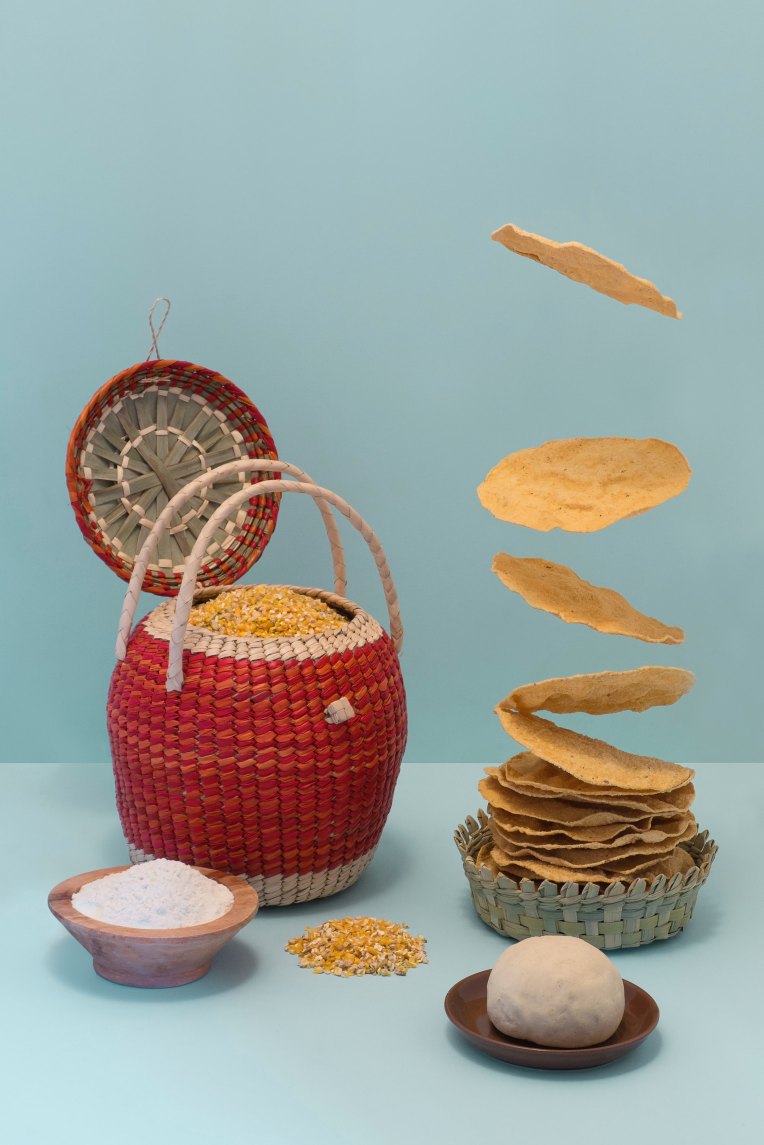Following on from my last post explaining What is Coeliac Disease? I thought I’d write another post explaining my top tips for living with Coeliac Disease and how to avoid the dreaded cross-contamination!
Most suffers of Coeliac Disease have been having symptoms for so long that the initial diagnosis is actually positive news, as you finally have an answer to all the digestive problems! However once the initial shock wears off, how do you adapt to the daunting thought you can never eat the same way again, or knowing eating out in restaurants will be a very different experience?
MY TOP TIPS
1. Firstly, don’t be overwhelmed if your first few months of diagnosis will be spent eating jacket potato’s – remember the humble jacket potato is your friend when you start this journey, as well as salads and chocolate brownies (shops/cafes are slowly realising GF cakes don’t have to just be brownies…)

2. Sign up to Coeliac UK as soon as you’re diagnosed – you can also sign up if you’re not Coeliac as it’s a great place for information and advice on a gluten free lifestyle. The membership is only £2 a month and is really worth it for the amount of advice you get! The app is also great for on the move as you can scan labels as you’re shopping or access the handy food & drink directory.
3. Learn about cross-contamination – I would say avoiding gluten is the easy part, it’s the cross-contamination that you need to watch out for! These are the following steps I take when tackling cross-contamination;
– use a separate sieve & colander (a different colour helps)
– use a separate toaster or toaster bags
– don’t share anything wooden ie chopping boards, wooden spoons (wood absorbs easily and can leave traces of gluten)
– make sure others handling gluten wash their hands before handling your food
– use different butter knives and jam spoons to prevent breadcrumbs from getting into condiments.
– don’t kiss anyone who has just immediately eaten gluten (sorry boyfriend!)

4. Learn how to cook the things you used to eat from scratch – for me this was quite easy as I already cooked everything from scratch and hardly ever bought takeaways/ready meals. It saddens me when I hear of Coeliacs who only eat one type of food because they know it’s 100% safe and are scared to be adventurous. There are so many substitutes available in the supermarkets nowadays to make all your favourite food – you can buy Tamari (GF soy sauce) and rice noodles to make Asian dishes, GF tacos shells and fajitas wraps to make Mexican dishes and GF Yorkshire puddings for the all important Sunday Roast! You can obviously make GF Yorkshire puddings from scratch, but sadly I haven’t mastered this technique yet so to the shops I go!

5. Double check with restaurants that they can cater for you before you go – this is for more ‘niche’ restaurants who may not have any information on their website. I will usually ring up before hand and ask to speak to a manager. Chain restaurants such as Pizza Express, Zizzi’s, Bella Italia etc all have GF options or a separate menu which is really handy.
6. Join gluten free/Coeliac support groups on Facebook. These are the groups I head to if I need to ask a quick question, whether it be about a product I’m not 100% sure I can eat or recommendations for eating out in a new area. The response rate is usually pretty quick, but as with many forum groups there’s always some kind of debate, or someone who has a different opinion. In this case it’s usually the debate of should you eat something that has a ‘may contain’ warning…the answer is no, you shouldn’t!
7. This brings me onto label checking – be the master of reading labels and you’ll barely ever shop in the free from isle! I now only buy bread and sweet treats from the free from isle, everything else I buy is fresh or can be found dotted around the supermarket. Since the new law on allergy labelling states allergens must be emphasised in the ingredients list and not in an allergy advice box, it makes it much easier to spot the allergens. However you must always check beneath the ingredients list, incase it says ‘may contain gluten’ or ‘made in a factory which handles gluten’.
I hope you find these tips helpful! I’d love to hear what you do to make living with Coeliac Disease that little bit easier? Everyone will be slightly different in how they approach the lifestyle change, but this is just a little insight into how I deal with it!
Sophie x
